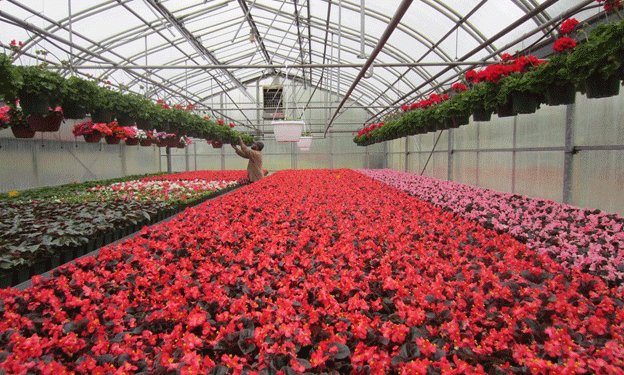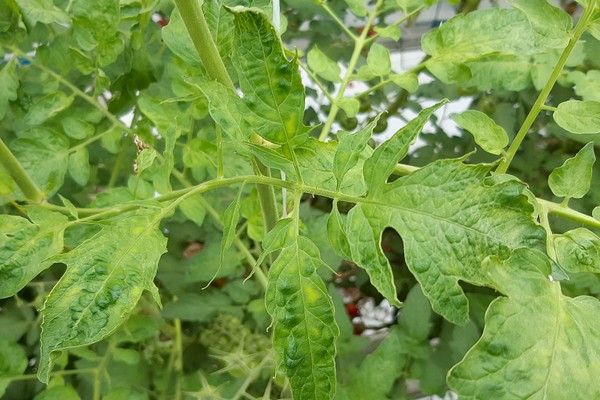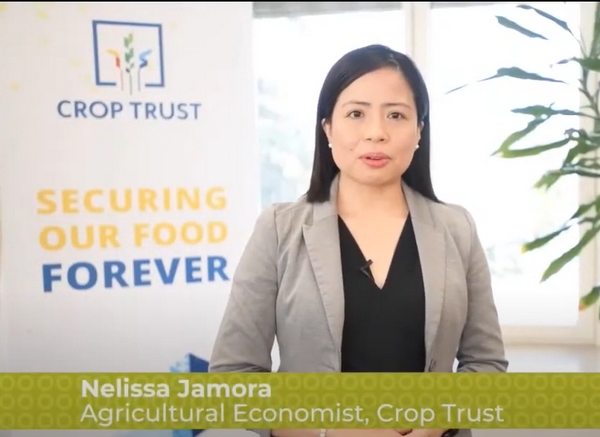Rising temperatures and shifting weather patterns are bringing new pests, diseases, and production challenges to greenhouses in Serbia. Farmers, scientists, and agronomists are being forced to rethink everything from greenhouse design to pest control strategies. This article examines the impacts of climate change on Serbian greenhouse production and explores practical solutions for adaptation.
For years, greenhouses have been hailed as a solution to protect crops from unpredictable weather. But in Serbia, climate change is transforming these controlled environments into high-risk zones. With summer temperatures inside greenhouses reaching 15–20°C above outdoor levels, farmers now face overheating, increased water demand, and a surge in new pests and diseases.
According to Serbia’s Hydrometeorological Service, average summer temperatures have increased by 1.4°C since the 1990s, with the 2023 summer ranking among the hottest on record. These extreme conditions are now affecting covered crop production just as much as open fields. Inside greenhouses, heat stress not only affects crop yields but also accelerates pest development cycles and disease spread.
Emerging Threats: Heat-Loving Pests and Rapid Reproduction
Farmer Sabolč Čikoš from Vojvodina describes how traditional pests like thrips and mites, once manageable, are now thriving and attacking plants earlier in the season. “We used to see five generations of these insects in a summer — now we have up to ten generations, due to faster reproductive cycles caused by higher temperatures,” he told RTS, Serbia’s national broadcaster.
Furthermore, warmer winters are failing to eliminate pest populations, allowing them to overwinter in greenhouse soils. According to a 2024 report by the European Food Safety Authority (EFSA), southern and eastern European countries — including Serbia — are seeing an increase in invasive pest species, such as Tuta absoluta (tomato leaf miner) and Bemisia tabaci (whitefly), which traditionally thrived only in more tropical regions.
Infrastructure and Irrigation: A Need for Modernization
As temperatures rise, greenhouses designed for Serbia’s past climate are becoming obsolete. “We need better shading systems and automated irrigation to keep plants alive,” Čikoš says. But these upgrades come at a cost.
A recent study by the Serbian Chamber of Commerce estimated that the average investment needed to retrofit a one-hectare greenhouse with shading and automated cooling systems exceeds €20,000. Yet failing to make these changes can result in crop losses of up to 30% during extreme heat waves.
Experts like Snežana Paradjenović from Serbia’s Forecasting and Reporting Service (PIS) advise farmers to consider integrated pest management (IPM) strategies. “Use pesticides with short pre-harvest intervals or opt for biological controls like beneficial insects and pheromone traps,” she says. In particular, combining biocontrol agents with precision monitoring tools can help reduce the reliance on chemical pesticides — a growing concern due to EU restrictions and consumer demand for residue-free produce.
Nutrient Management: Another Challenge
Higher temperatures also accelerate plant metabolism, altering growth cycles and nutrient uptake. As a result, agronomists recommend more frequent soil and tissue analysis, and adjustments in fertilization schedules. This is especially crucial for crops like tomatoes and peppers, which dominate Serbia’s greenhouse production.
Global best practices are increasingly pointing toward climate-resilient greenhouse designs using smart sensors, AI-based climate control, and renewable energy-powered cooling systems. While Serbia is not yet at that level of implementation, pilot projects in Hungary and Romania have demonstrated that smart greenhouses can reduce water usage by 40% and energy consumption by 30%, offering a path forward for regional adaptation.
Climate change is rewriting the rules of greenhouse farming in Serbia. From pest pressure to temperature control and irrigation timing, growers must rethink their strategies to remain productive and sustainable. Investments in smarter infrastructure, biological protection methods, and climate-adapted practices are no longer optional — they’re essential. By acting now, Serbia’s greenhouse sector can continue to thrive despite the challenges ahead.










